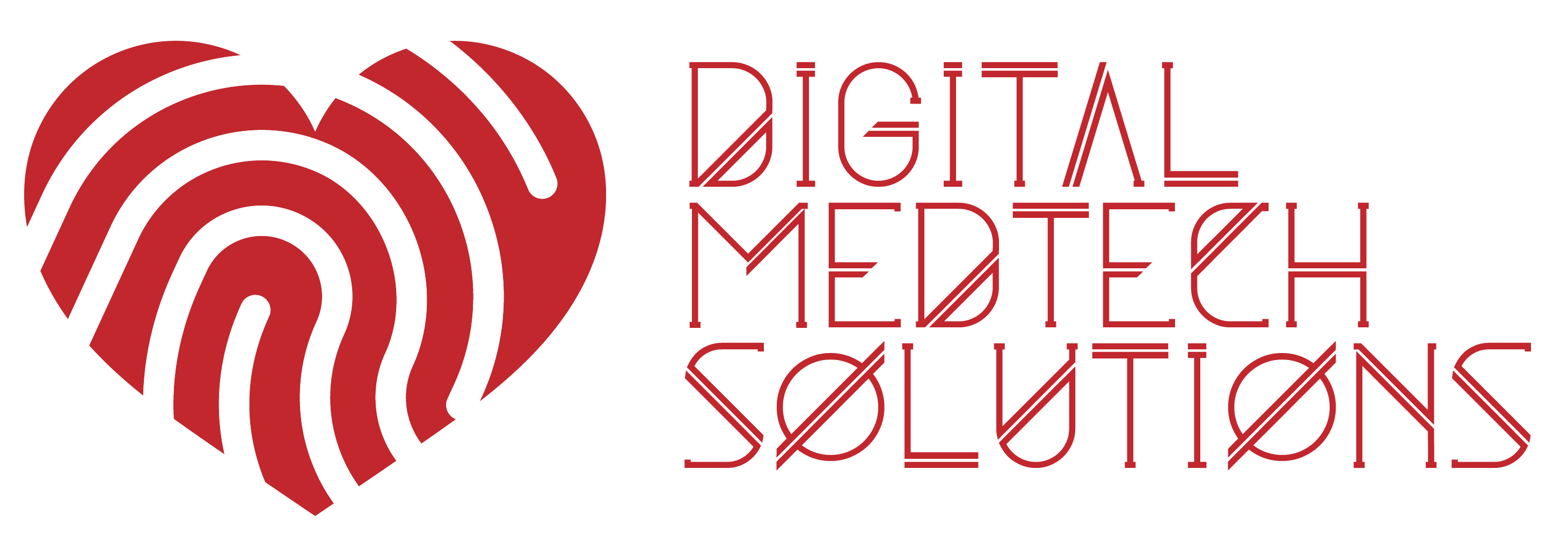
Smart Technology Can Help Reduce Your Healthcare Operational Costs
Despite the gradual adoption of technology by the healthcare industry, not many are able to reduce healthcare costs and achieve good margins because they are not leveraging technology to its fullest potential.
With rising labor costs, demographic shifts, and an uncertain regulatory climate, the time has come for the healthcare sector to embrace the world of smart technology to cut healthcare costs – without sacrificing the quality of care.
Smart technology and other rapidly emerging technological solutions designed to boost operational efficiency can have a substantial impact on hospital bottom lines while providing a key edge for early adopters to achieve an edge over others.
5 Ways Smart Technology Can Help Reduce Your Healthcare Institution Operational Costs
Lowering Administrative Expenditure
Every healthcare provider uses a slew of systems to store data, treat patients, and manage day-to-day operations. However, operating these systems and trying to get access to the data needed to make critical healthcare systems is not only time-consuming, but it also costs hospitals a lot more in administrative expenditure – with the tendency to result in physician burnout.
Using smart technology to integrate these systems into a unified system and combine the data into a single repository can help in quicker diagnosis and treatment, giving organisations to embark on a new era of forward-thinking technology. Such interoperability will help enable doctors to understand the exact needs of the patient, share data between systems and the cloud, and drive efficient analysis that can lead to better patient care.
Minimising Specialists
For any healthcare provider, interacting with patients to understand their symptoms is a massive undertaking. It requires patients to visit the hospital or care center physically and clearly articulate their condition and doctors to diagnose symptoms and provide precise treatment. The overuse of specialists for diagnosis and treatment and the ever-increasing doctor fees make healthcare very expensive.
Smart technology in the form of healthcare wearables can use information from sensors and provide an array of benefits on all levels – starting from in-patient treatment to remote health monitoring. Wearables can automatically gather necessary information from patients, send critical healthcare data a unified system, and allow doctors to get real-time alerts when conditions go beyond normal – thus drastically bringing costs down.
“Through the use of advanced tools, it allows healthcare to remotely monitor patients in real-time and adjust treatment plans accordingly – thus eliminating travel costs, hospital room expenses, and exorbitant doctor fees.”
Eliminating Hospital Room Expenses
In a traditional healthcare setting, patients are required to travel to the healthcare organization to get any kind of treatment. The cost incurred not only includes doctor fees, costs of treatment, lab fees, and cost of medicines, but also insurance cost and the cost of traveling – especially for patients living in remote areas.
As healthcare spending per person is gradually increasing, smart technology like remote patient monitoring are helping keep healthcare costs in check. The accessibility and affordability to primary telemedicine tools is becoming widespread that could considerably cut healthcare costs.
Through the use of advanced tools, it allows healthcare to remotely monitor patients in real-time and adjust treatment plans accordingly – thus eliminating travel costs, hospital room expenses, and exorbitant doctor fees.

Efficient Staffing Costs
In any healthcare organization, labor accounts for a massive portion of operating expenses. And with turnover at an all-time high, staffing issues put immense strain on healthcare providers. Staff either has to work overtime, or managers have to extend their hours to combat unexpected patient volume and fill the gaps of shift coverage.
However, with efficient staffing strategies in place and smart scheduling applications, hospitals can not only curb rising healthcare expenses but also positively impact patient outcomes. They can efficiently allocate human resources, allowing healthcare organisations to meet their needs – without resorting to expensive alternatives such as paying for overtime or investing in temporary hires.
By integrating data on past shifts and current patient needs and understanding the expertise of existing staff, these apps can carry out real-time labor analysis and predict labor demands based on the number of incoming patients, the number of open beds, emergency room capacity, equipment status and more.
Streamlined Claims Processing
Another major contributor to sky-rocketing healthcare costs is the insurance claims process – that is not just time-consuming but also labor-intensive – for healthcare providers and insurance companies alike. Because of how complex processing and managing claims is and the presence of several bureaucratic processes, slow response times greatly affect patient experience while giving them the impression that delays are intentional.
Smart technology can streamline claims processing, cut costs by a large margin, and significantly improve turnaround times. The technology can automate data collection and communication processes while proving the events that lead to a claim — resulting in lower healthcare costs as well as a better customer experience. Because the process is automated, healthcare providers can further improve on payment efficiency and drive significant savings – both in staffing and repayment turnaround times.
“The use cases for reducing healthcare costs through smart technology are many. What avenue of your care continuum are you looking to implement smart technology in?”

